15 Budget-Friendly Cities to Visit in the Off-Season Fall Months
Fall can be a great time to plan a trip without spending too much. Many cities around the world see fewer visitors after summer, which means lower prices and a calmer atmosphere. From Europe to the Americas, there are plenty of places where you can enjoy culture, food, and beautiful scenery while keeping your budget in check.
This post may contain affiliate links, which helps keep this content free. Please read our disclosure for more info.
Budapest, Hungary
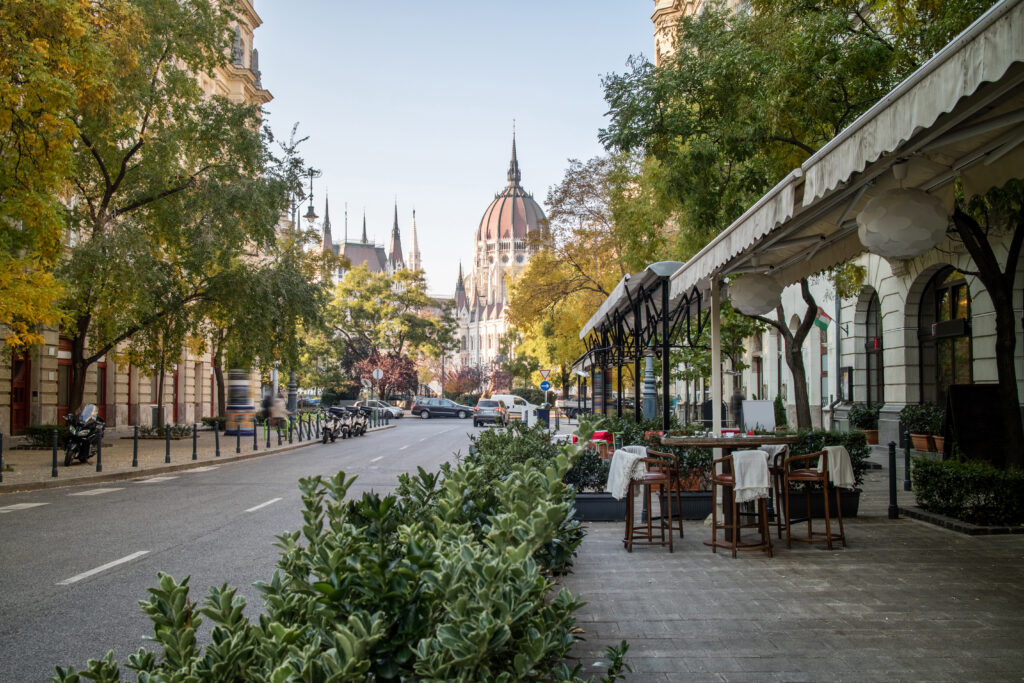
Budapest becomes especially appealing in fall because hotel rates drop sharply once the summer rush ends. Budget hotels or well-rated guesthouses can often be found for around $40–$90 per night in September and October, depending on location and amenities. Even nicer mid-range hotels are much less expensive than peak summer, making upgrades more affordable.
Besides lodging savings, many attractions cost less or are less crowded, which adds value. Public transport is inexpensive, and free or low-cost walks in the city—along the Danube, Budapest Castle Hill, or in the many public parks—offer cultural reward without much spending. Local food and markets remain affordable, especially outside tourist zones. The combination of lower flights, accommodation, and food makes Budapest a strong pick for travelers wanting richness without a high price tag.
Antigua Guatemala, Guatemala
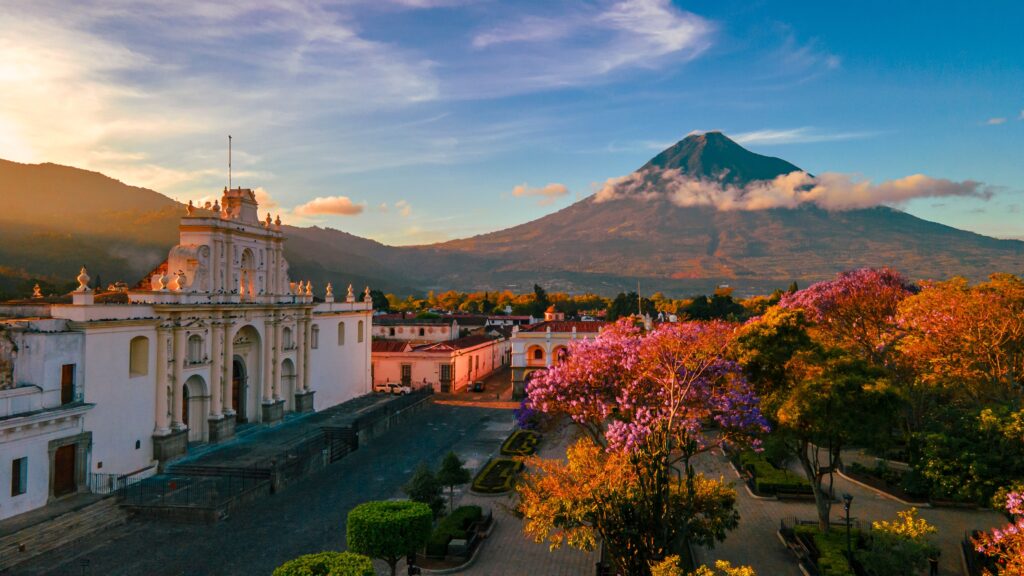
Autumn fall (roughly late September through October) sees lower visitor numbers in Antigua, which helps pull down prices for lodging, dining, and tours. For instance, a budget traveler might spend around $74 USD per day including meals, local transport, and hotels, while a mid-range stay will run higher but still remain reasonable. Hotels in the budget category might cost $10–$22 USD per night, depending on how simple, or how close to the city center, you stay.
Activities also tend to be less crowded and sometimes cheaper; guided walking tours, coffee plantation visits, and volcano hikes are good value. Local meals are quite affordable: simple ones cost under $10 USD, while mid-range restaurants run higher but still far below what comparable meals cost in many cities in Europe or North America. Transportation around the city and to nearby attractions tends to be cheap as well, which makes exploring multiple sites doable even on a modest budget.
Lisbon, Portugal
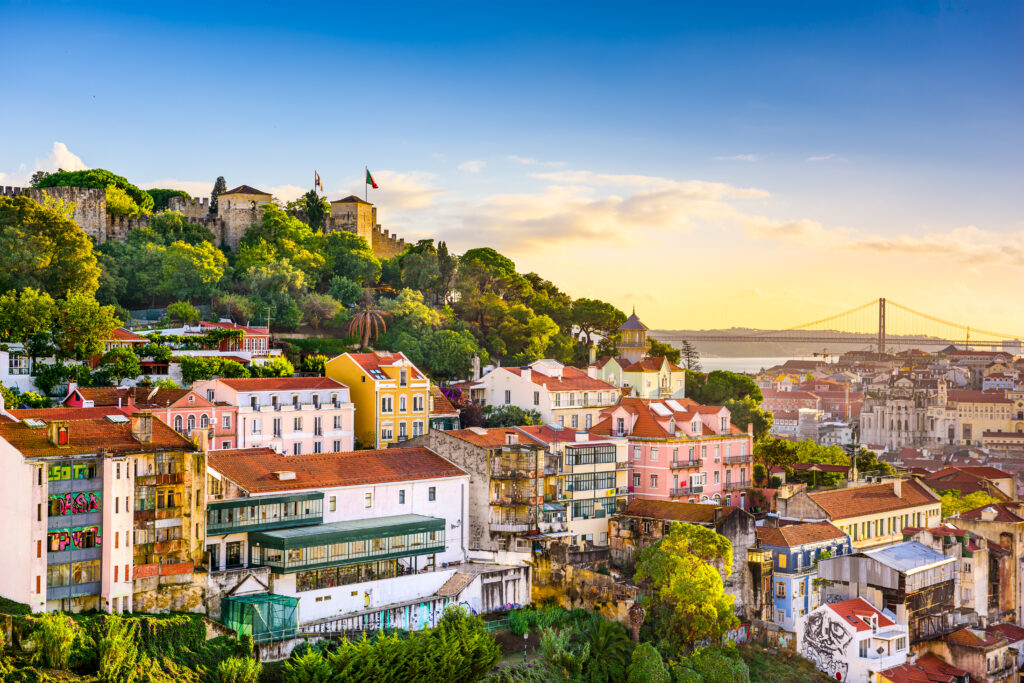
Lisbon in fall is gentler on the wallet because hotel and flight prices tend to drop after the summer peak. Budget travellers in Lisbon can expect about €30–€75 per day for lodging, meals, and basic transport if staying in hostels or guesthouses. Private rooms in small hotels might run higher, but still much more reasonable than in summer.
Eating locally helps a lot. A standard lunch in Lisbon costs around €8-€12, and dinner in a modest restaurant is roughly €15-€20 including a drink. Public transport is also quite affordable: trams, metro, and buses let you move around for just a few euros per ride, and day passes exist at moderate cost.
Kraków, Poland
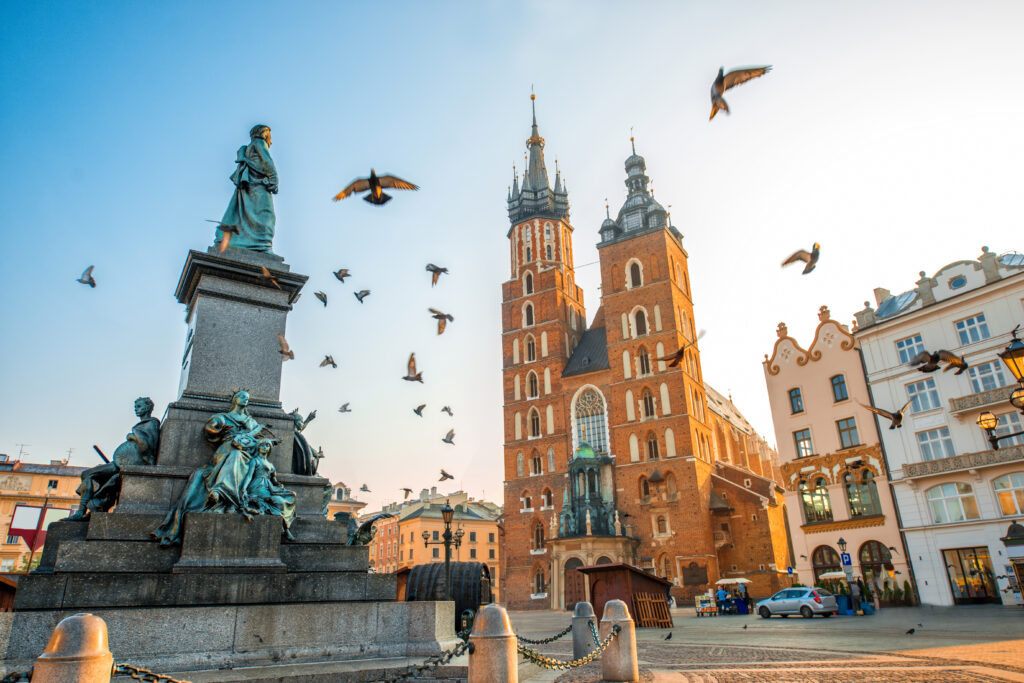
Kraków remains one of Europe’s most affordable big cities particularly outside the high summer months. For budget travellers, daily expenditures (lodging, food, basic transport) often fall between US$30-50 (~€28-€45) per day. Hostels or simple guesthouses may cost €15-€35/night, and modest private rooms in budget hotels still stay under about €55/night in many cases.
Food in Kraków offers good deals: local cafes and street-food or “milk bars” serve meals for 5-20 zł (roughly $1-$5-$5-$6 US depending on the meal) depending on how simple the fare is. Major attractions such as museums, parks, and historic places usually have moderate entry fees; walking around the Old Town, exploring Wawel Hill, or enjoying seasonal street-markets cost nearly nothing. Public transport is cheap, so getting around doesn’t eat up much of the budget.
Bogotá, Colombia
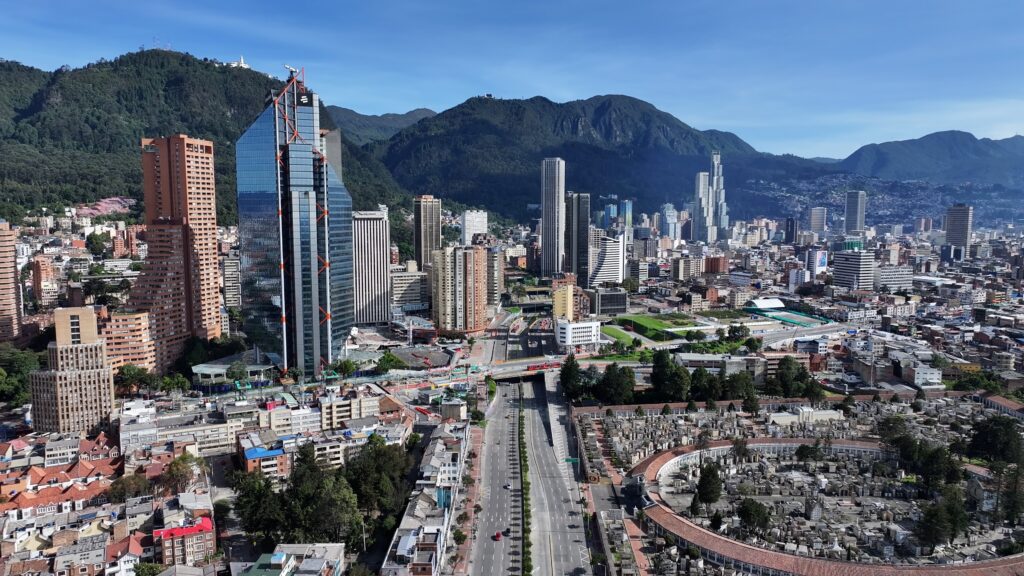
In fall, Bogotá sees fewer tourists, so hotel and guesthouse rates drop significantly. Budget travelers can expect to spend about US$24-30 per day for lodging, simple meals, and local transport if sticking to basic hotels or hostels. Mid-range lodging costs a bit more but still tend to be far below what similar “capitals” in Europe or North America charge. Domestic flights and buses tend to have more availability and lower fares in these months.
The city offers low-cost or free things to do, especially out walking in neighborhoods, street art tours, and local markets. Public transport (including the TransMilenio bus system) is cheap, meals from street vendors or casual local restaurants are affordable, often under US$5-10. Museums, parks, churches often have modest entrance fees or free days. Combined with lower lodging, fall in Bogotá offers strong value.
Prague, Czech Republic

After summer, hotel prices in Prague drop; average low-season hotel rooms are around US$60-65/night whereas peak season rates often go above US$110-120 for similar rooms. Hostels are even cheaper, with dorm beds possibly under US$15-25/night in off-peak months. Private budget hotels or guesthouses are also often discounted.
Food and transport are strong value in Prague. A casual meal in a local pub or inexpensive bistro might cost US$8-15, public transit tickets are modest. Many major sights—bridge walks, old town squares, parks—are free and less crowded, letting travelers enjoy them without paying inflated prices or waiting in long lines. Because crowds thin out, tour-operators and restaurants sometimes lower prices or offer deals.
Seville, Spain
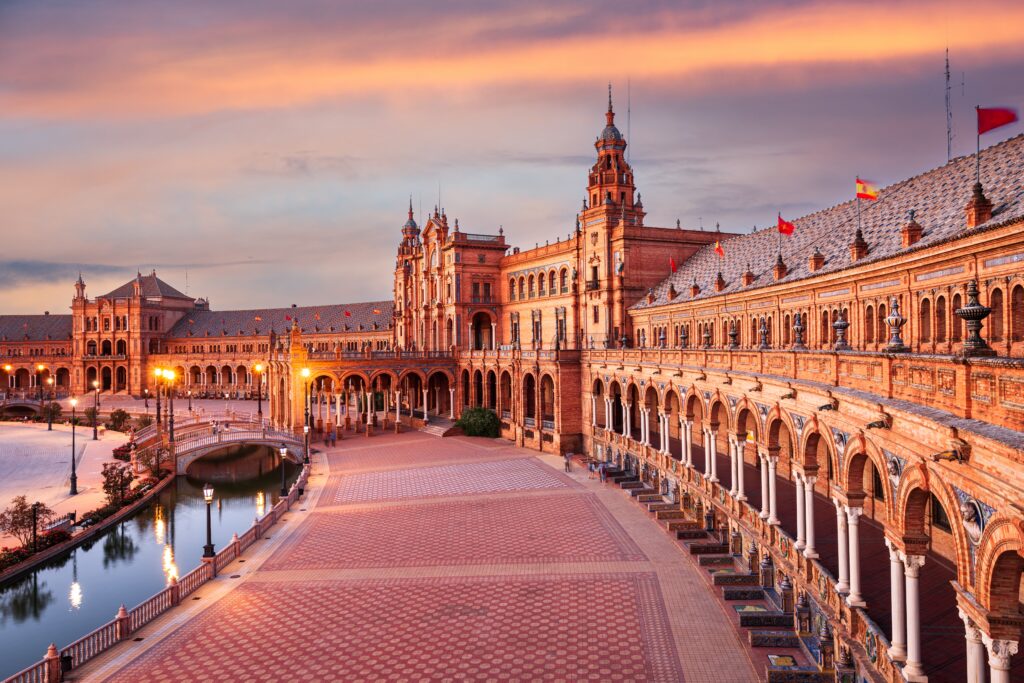
Seville eases in price once summer ends, especially for lodging and food. Budget travelers can get by on about €50-€75/day for accommodation, meals, and local transit when staying in hostels or modest guesthouses. Private rooms in budget hotels tend to run a bit higher, though still much cheaper than in summer.
Meals are quite affordable outside the main tourist areas: a full set lunch in a central restaurant may cost around €15, while snacks or local cafes are less. Public transport is also low cost—one-way tickets are just a few euros, and there are free or inexpensive walking tours. The shoulder season brings fewer crowds, which means better deals on lodging and a more relaxed pace to enjoy plazas, gardens, and monuments.
Athens, Greece
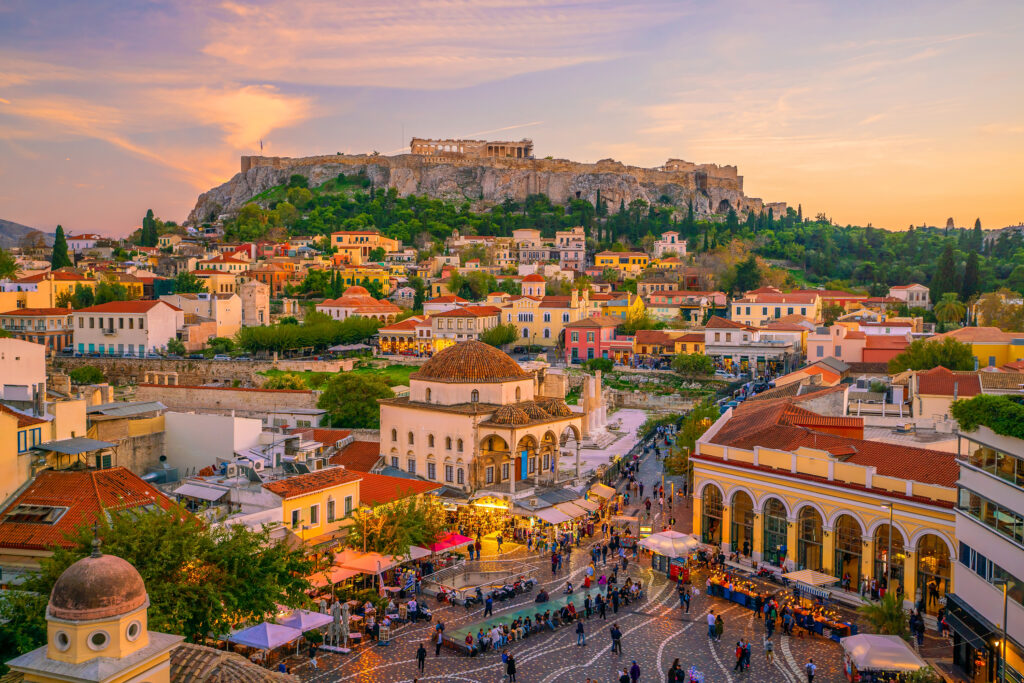
Athens in fall sees a noticeable dip in prices for lodging and attractions, making it easier on tight budgets. Budget travelers often spend around €55-€85/day including hostel- or guesthouse-type lodging, meals at casual restaurants, and local transport. Museums and archaeological sites still draw interest, but queues are shorter and ticket prices don’t spike. Optional day trips (outside the city) cost more but still tend to be cheaper than peak season.
Dining like a local helps stretch the budget: small tavernas or street-food stalls offer meals well under €10-15 for simpler fare. Local transport (buses, metro) is inexpensive and often more efficient due to lighter traffic. Also, fall weather is mild, so walking and exploring neighborhoods becomes more comfortable, saving on transit and guided tour costs.
Reykjavík, Iceland
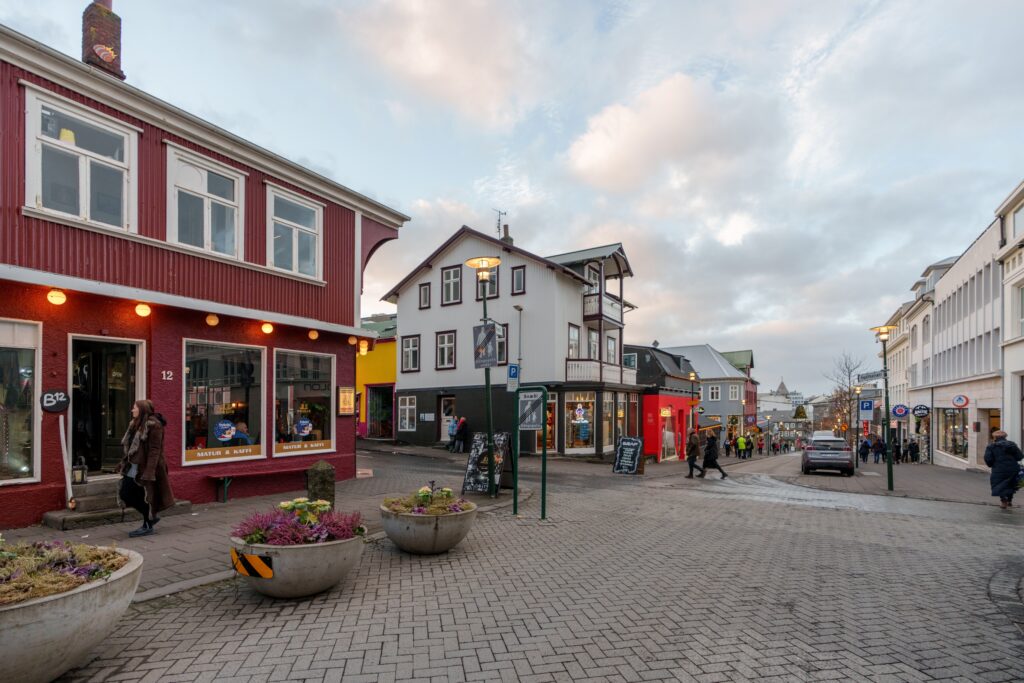
Reykjavík remains among the pricier options even in fall, but costs drop from the high season, making off-peak travel more feasible. Accommodation often dominates expenses, but staying in guesthouses, shared accommodations, or simpler lodgings helps reduce nightly costs. Daily travel expenses (excluding big tours or airfare) can hover between about US$100-200/day depending on how basic or modest you are.
Beyond lodging, many natural attractions are free or low cost: geothermal areas, public pools, hikes, and sightseeing around the city itself don’t require large fees. Restaurants and groceries tend to be expensive, so cooking some meals or eating more simply makes a big difference. Also, because fall is less busy, car rentals or guided services sometimes offer better deals, and flights into Iceland often are cheaper than in summer.
Vilnius, Lithuania
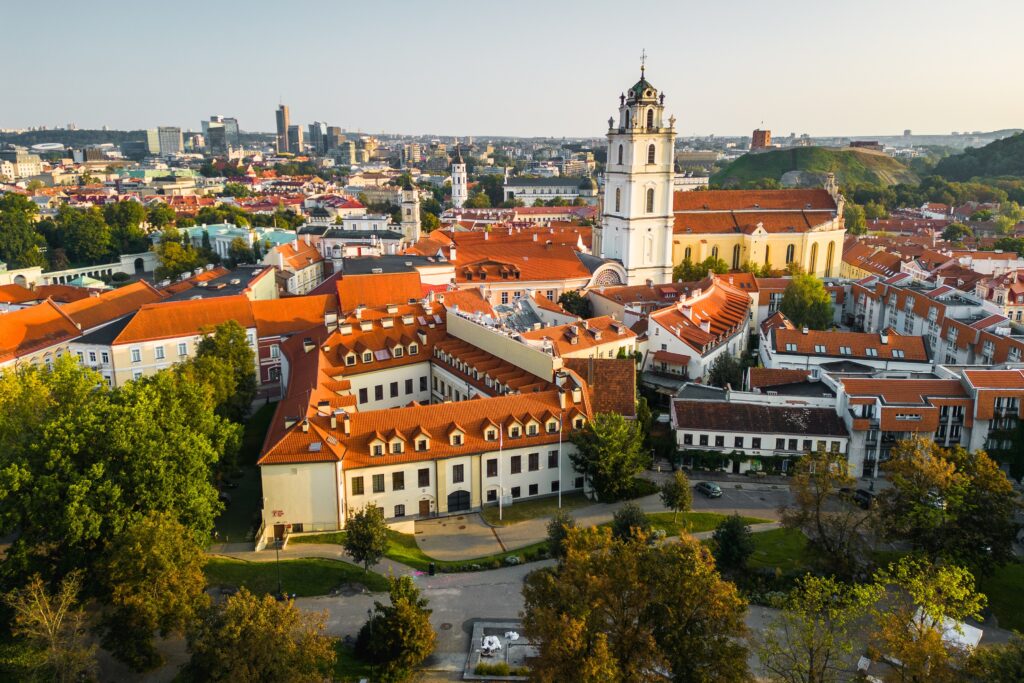
Vilnius offers strong bang for the buck in fall when prices for lodging and internal costs decrease significantly. Budget travelers can spend about US$58/day if staying in hostels, eating modest meals, and using public transport. Mid-range travel (better hotels, more restaurant meals, extra activities) pushes that figure higher but still stays well under what many Western European capitals cost.
Hotel rooms in budget categories often run US$20-40/night for simpler lodging, rising with more amenities or proximity to Old Town. Eating locally is cheap: casual meals are modestly priced, and many attractions are free or inexpensive to visit. Fall foliage adds extra beauty to parks and riverside walks, enhancing visitor experience without extra cost.
Florence, Italy

Florence becomes far more budget-friendly in autumn once the summer crowds leave. Hotel prices in September and October often fall by 30–40% compared to July and August, with budget rooms available from about €60–€90 per night and mid-range hotels offering discounts. Flights from Europe also tend to be cheaper in shoulder season, adding to the savings.
Food can be managed on a budget if you eat at local trattorias, bakeries, or food markets. A pizza or pasta dish often runs €8–€15, and wine is inexpensive by the glass. Entry fees for world-class museums like the Uffizi remain constant, but the reduced crowds make the experience more enjoyable. With affordable public transport and plenty of free piazzas and outdoor art, Florence balances culture and budget well in fall.
Mexico City, Mexico
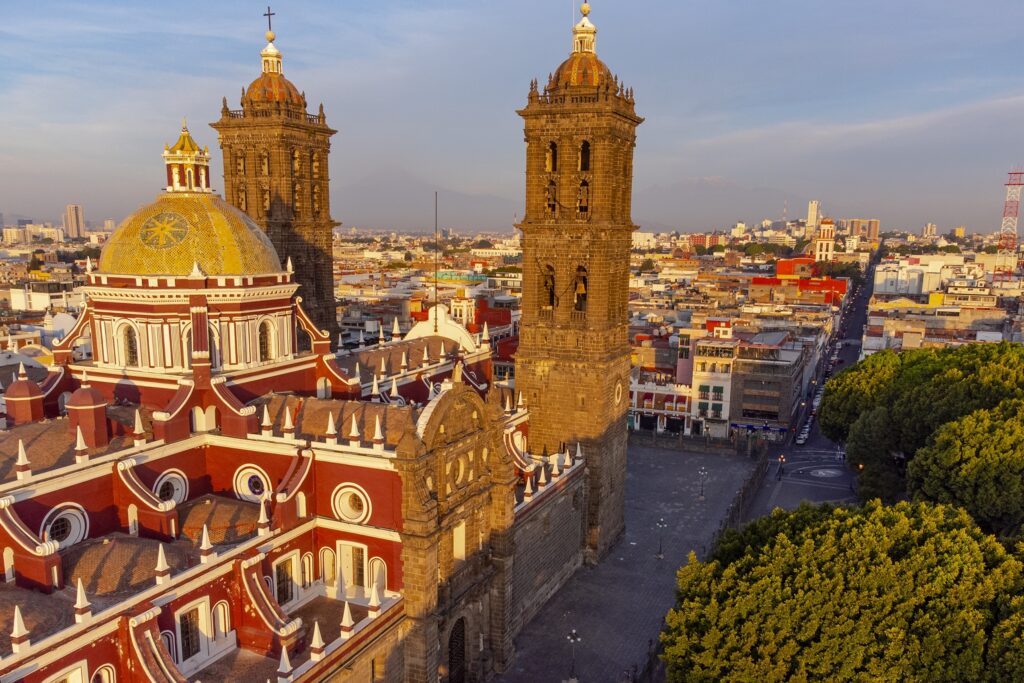
Mexico City offers year-round affordability, and fall adds another layer of value because it’s shoulder season before the holidays. Budget travelers can spend about US$35–50/day on hostels, meals, and local transit. Mid-range hotels average around US$70–100/night, much cheaper than in many large world capitals.
Street food and casual restaurants make eating inexpensive: tacos, tamales, and local dishes cost just a few dollars. Museums, galleries, and public attractions are either free or charge modest fees, making cultural exploration accessible. Public transport is very cheap (metro tickets cost under US$0.50), and taxis or ride-shares are inexpensive compared to Europe or the US. The combination of culture, history, and affordability makes Mexico City an excellent fall option.
Riga, Latvia
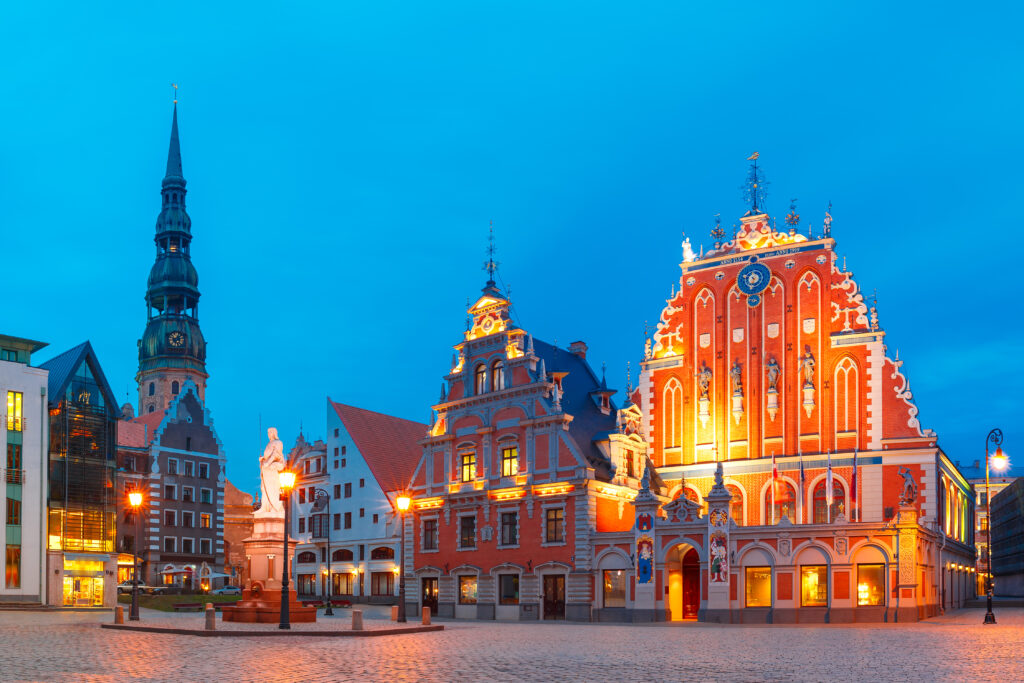
Riga is already considered one of Europe’s cheaper capitals, and fall pricing makes it even more appealing. Budget travelers can spend about US$40–60/day, with hostel beds from US$12–20/night and budget hotels in the US$30–50/night range. Airfare from other European hubs is often discounted in off-peak months.
Food is very affordable compared to Western Europe. Meals at casual restaurants average US$7–15, and bakeries or cafes cost even less. Many attractions such as Riga’s Old Town, Art Nouveau buildings, and riverside walks are free to explore. Public transportation is inexpensive, and since the city is compact, walking saves even more.
Warsaw, Poland
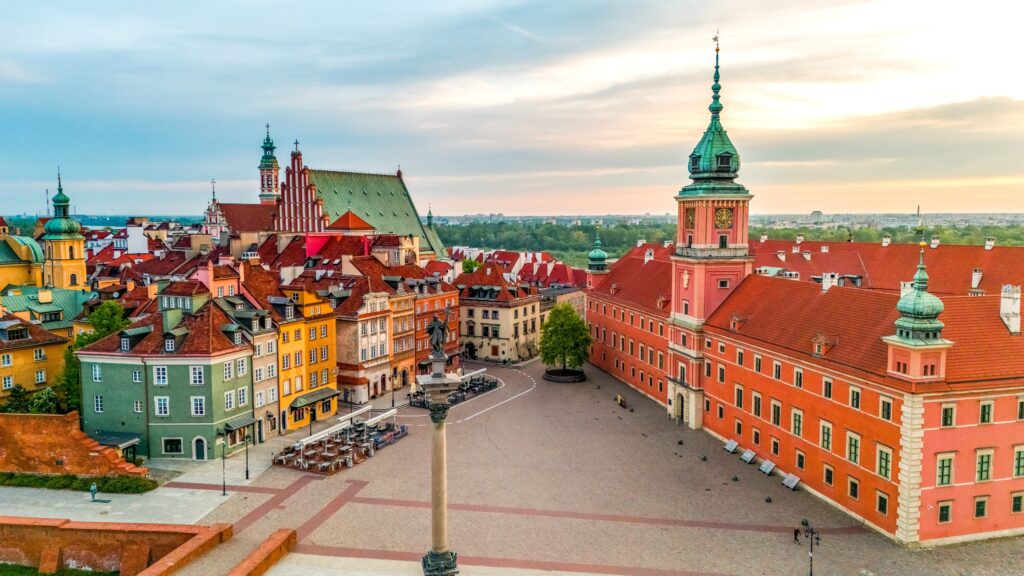
Warsaw is another Polish city that offers excellent fall value. Accommodation is cheaper outside summer, with budget hotels and hostels ranging from US$15–40/night, while mid-range options often run US$50–70/night. Daily travel costs for budget visitors can be around US$30–45/day, much less than in Western Europe.
Dining remains inexpensive compared to other capitals: traditional Polish meals in casual spots are about US$5–12, while more upscale dinners are still moderate. Attractions such as museums, parks, and seasonal markets cost little or nothing. Transport is reliable and cheap, and walking through the Old Town offers a free way to experience Warsaw’s charm. Lower flight demand in autumn also means airfare can be a bargain.
Asheville, North Carolina, USA

Asheville becomes one of the most affordable US destinations for fall foliage trips. According to Southern Living, it was named the “most affordable fall foliage destination” in the US. Lodging costs vary widely, but budget hotels and motels can often be found in the US$80–100/night range, cheaper than in major urban centers. Airfare to Asheville or nearby airports is lower in off-peak compared to summer.
Food and activities are also wallet-friendly. A meal in a casual local restaurant costs US$12–20, while breweries and cafes offer affordable options. The main draw—Blue Ridge Parkway foliage drives and mountain views—is free, with only gas or car rental costs to consider. Festivals, outdoor hikes, and farmers markets round out the fall experience without straining the budget.
This article originally appeared on Avocadu.
